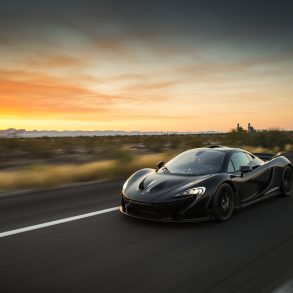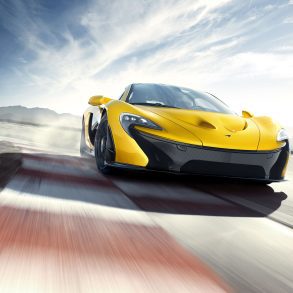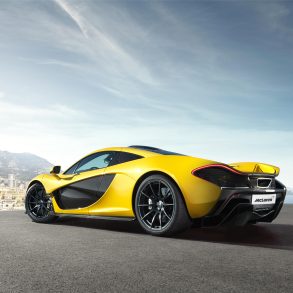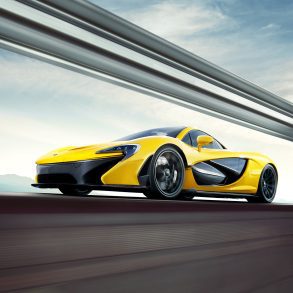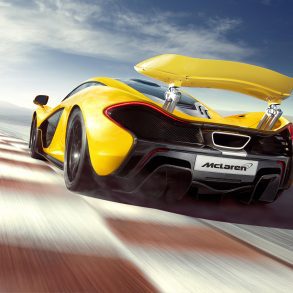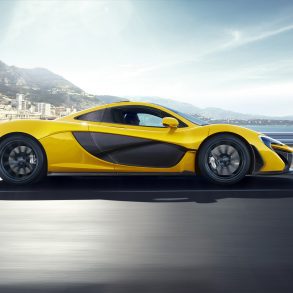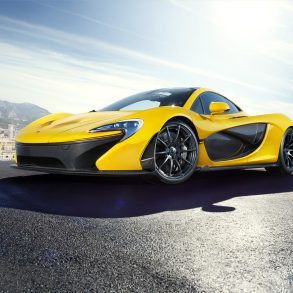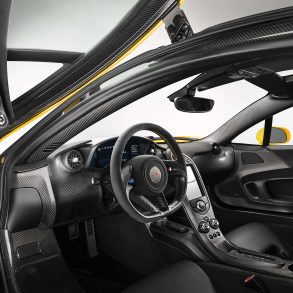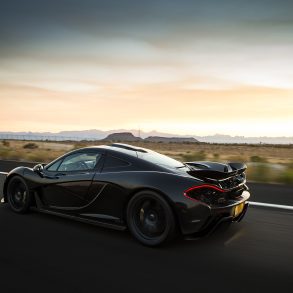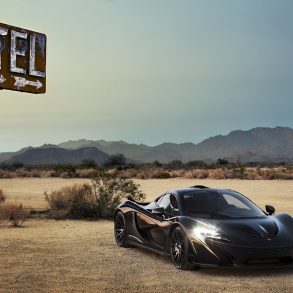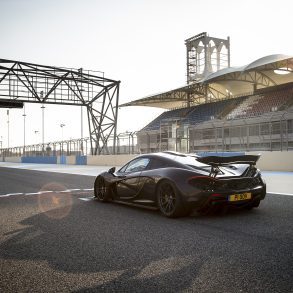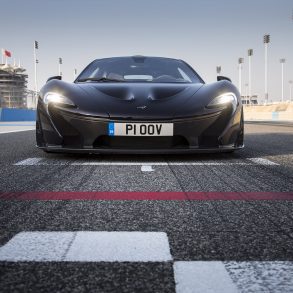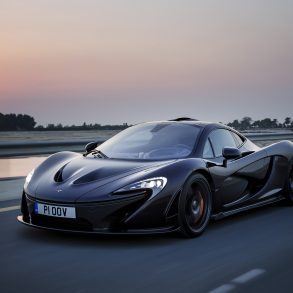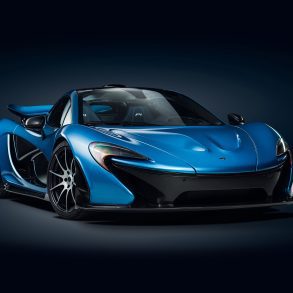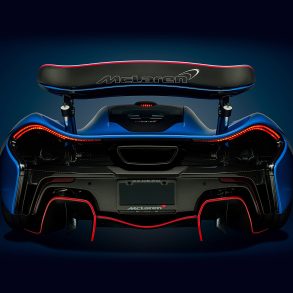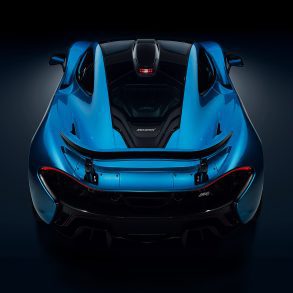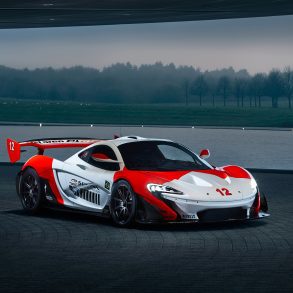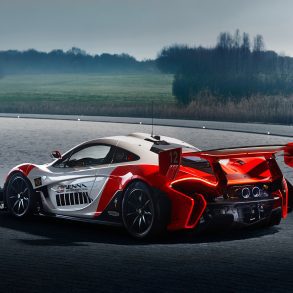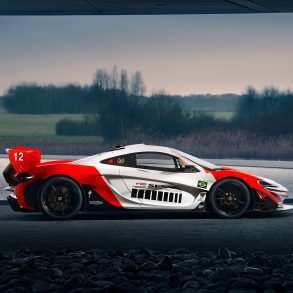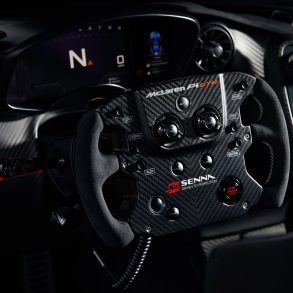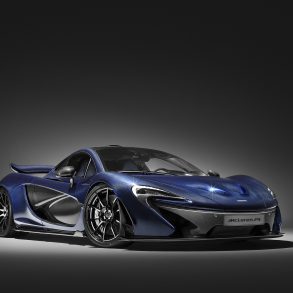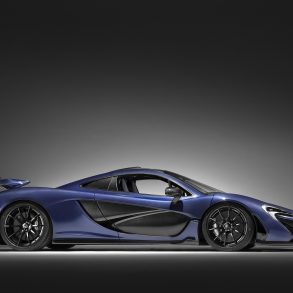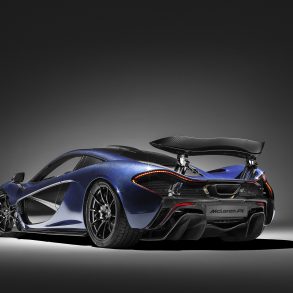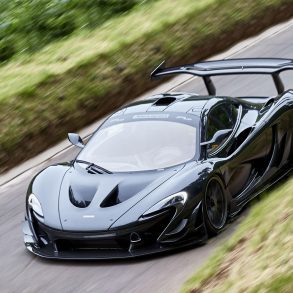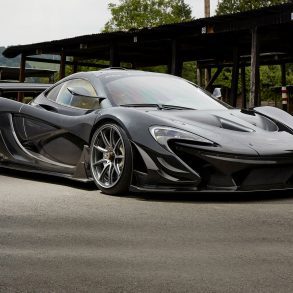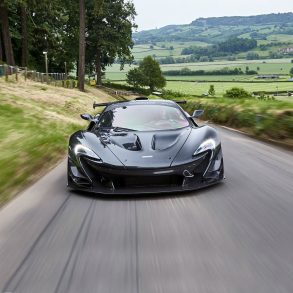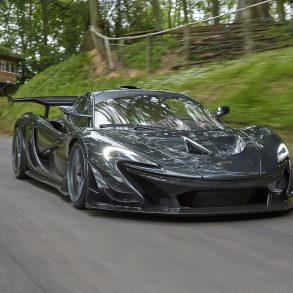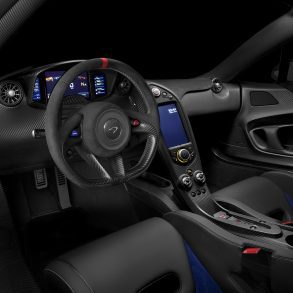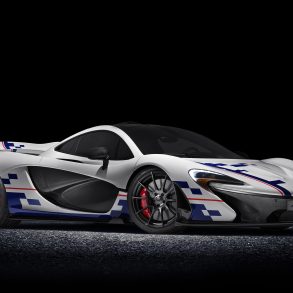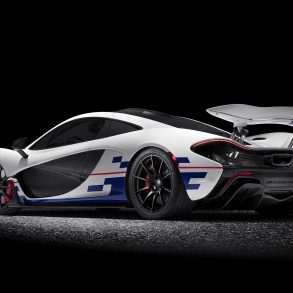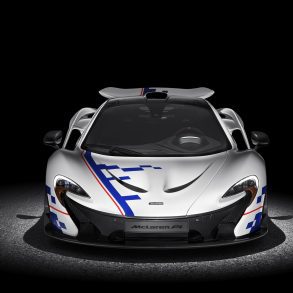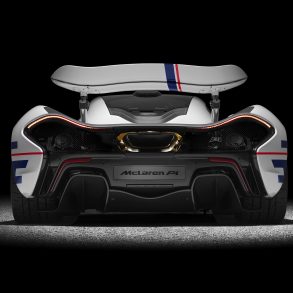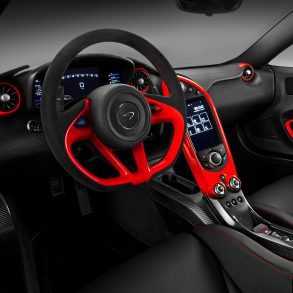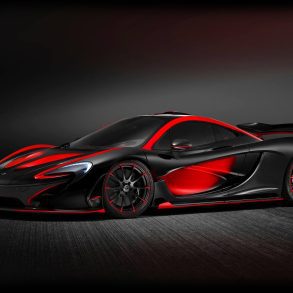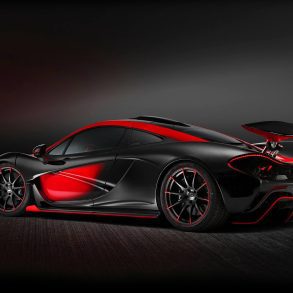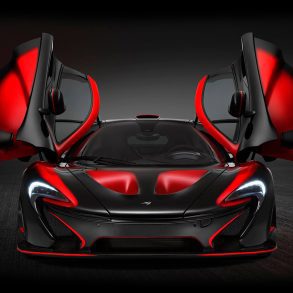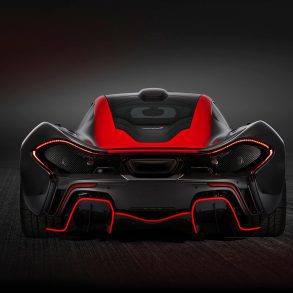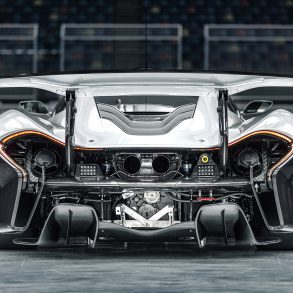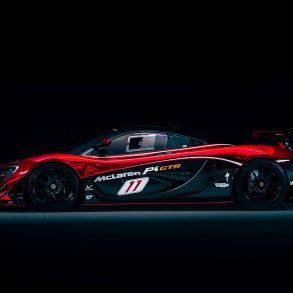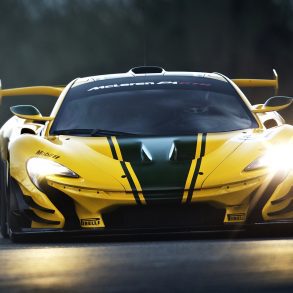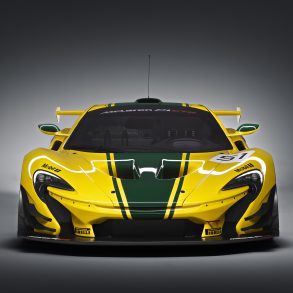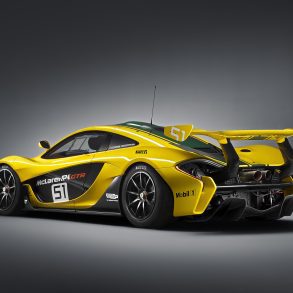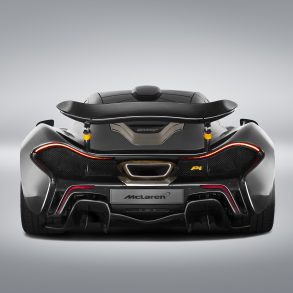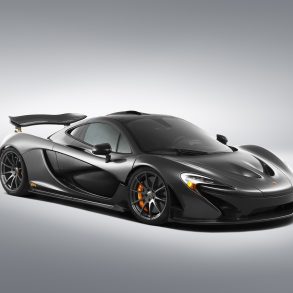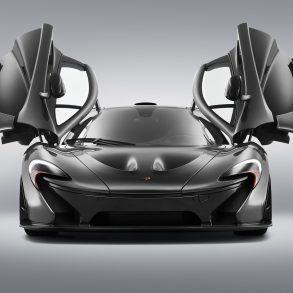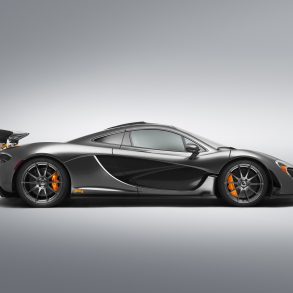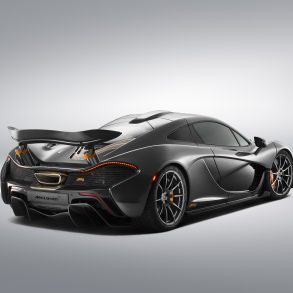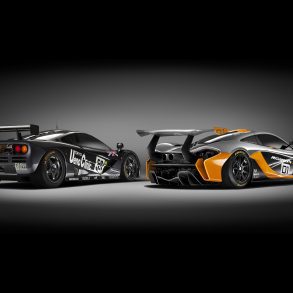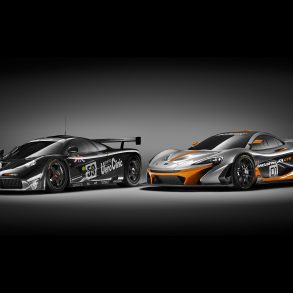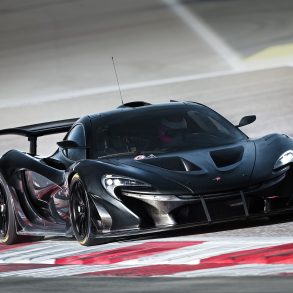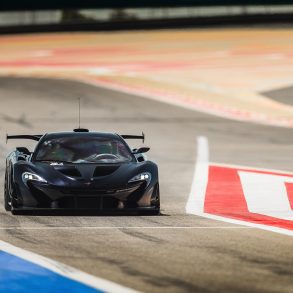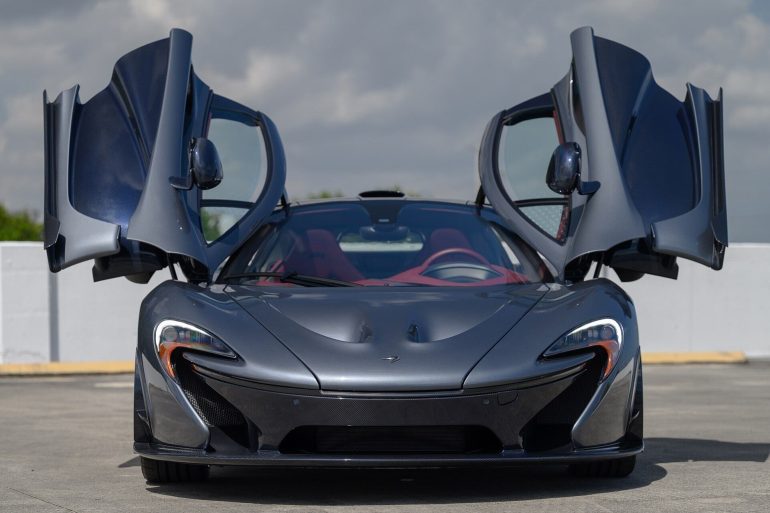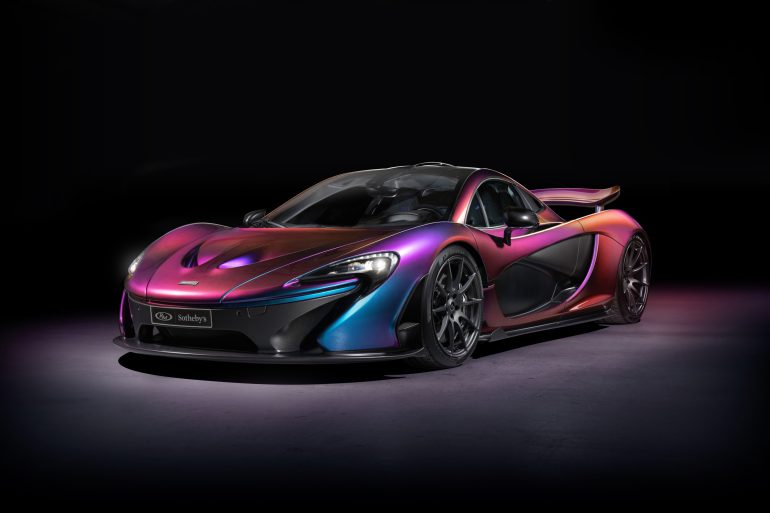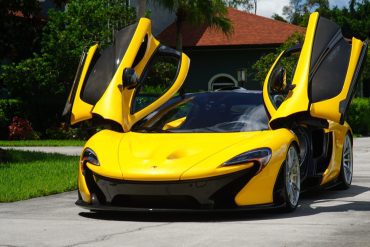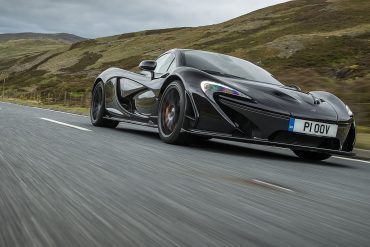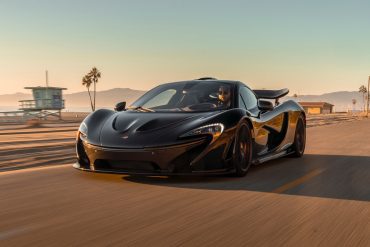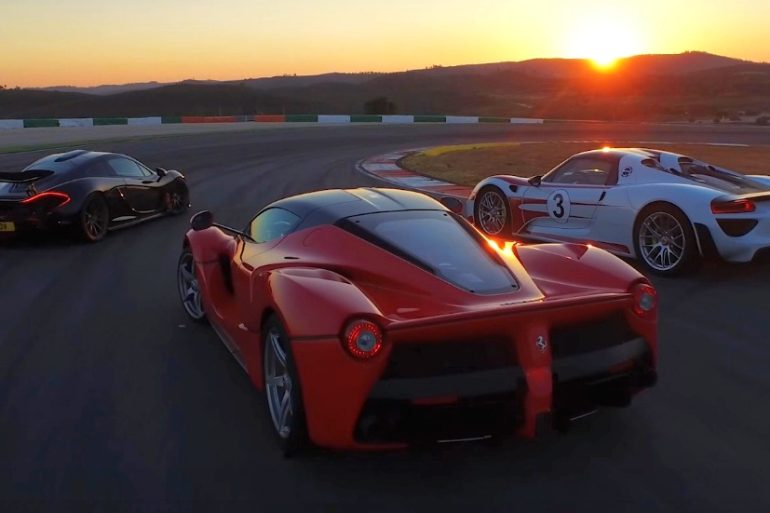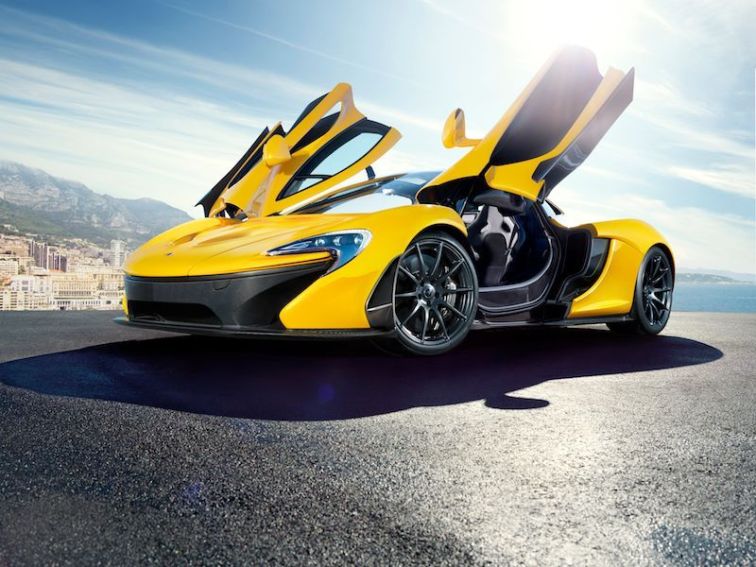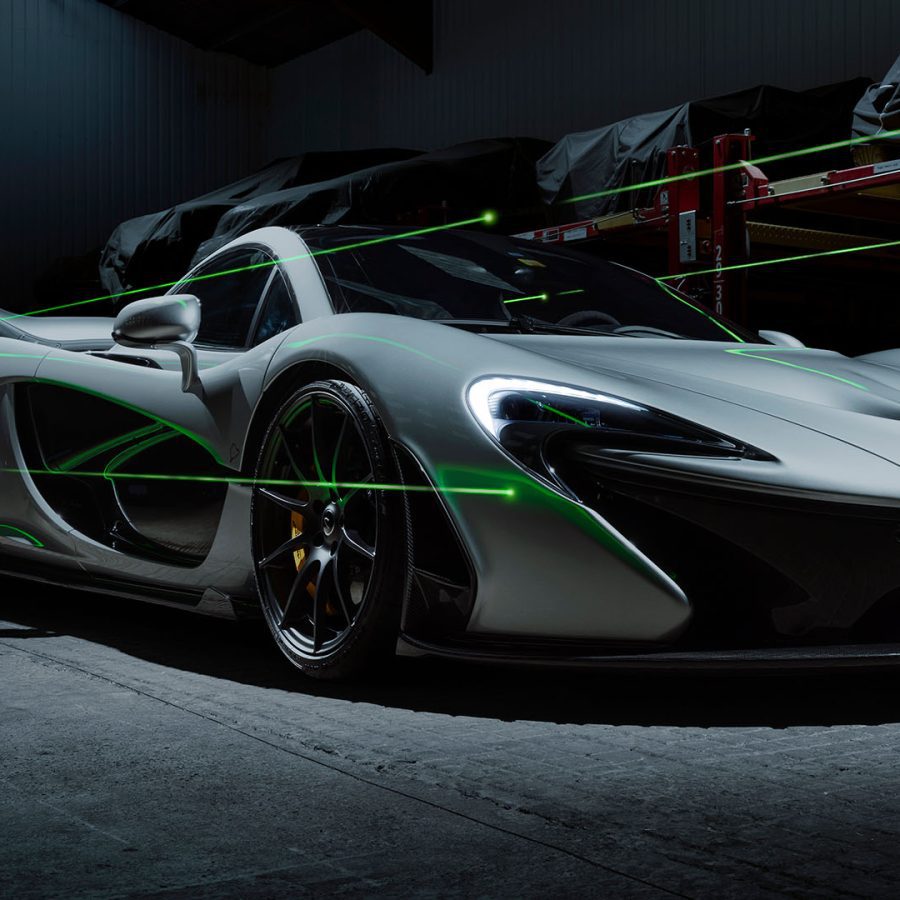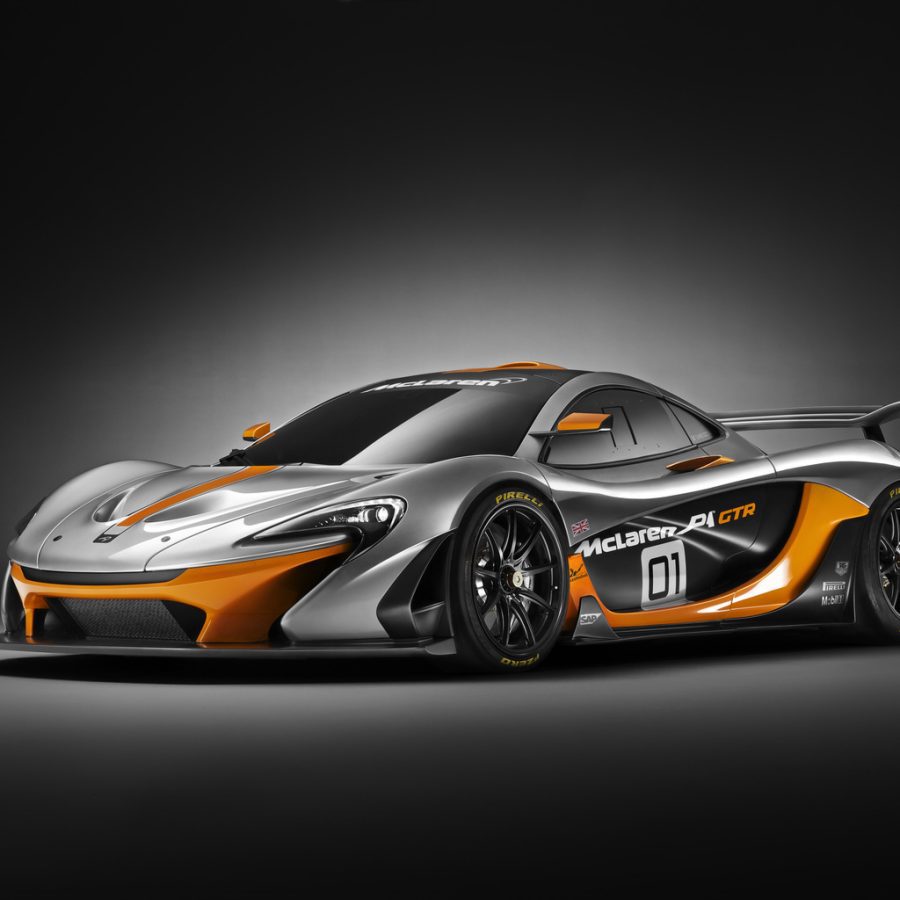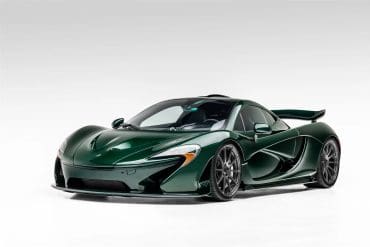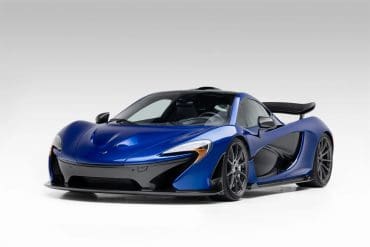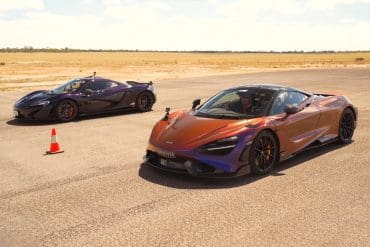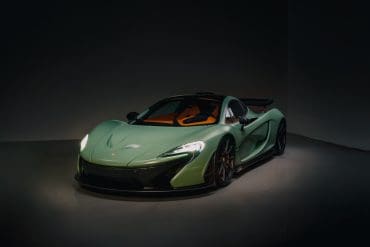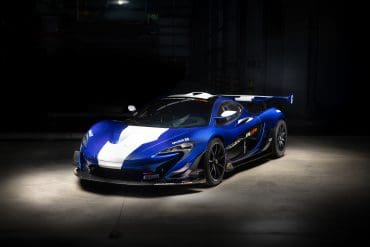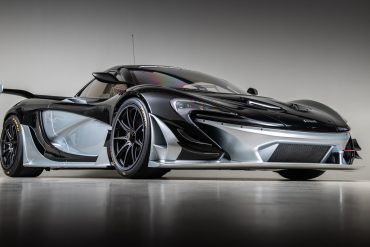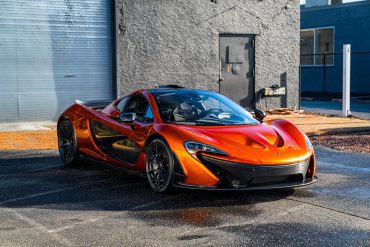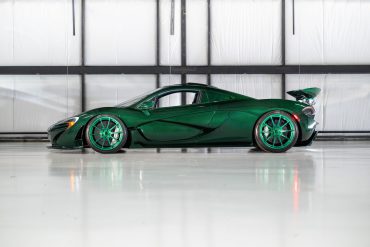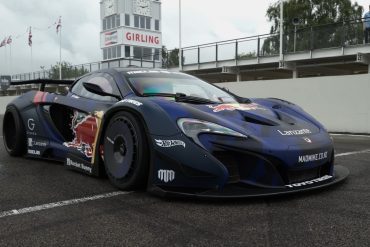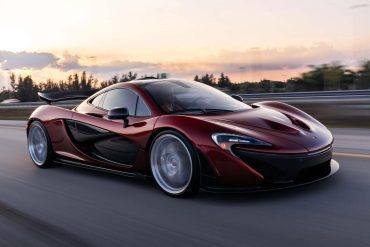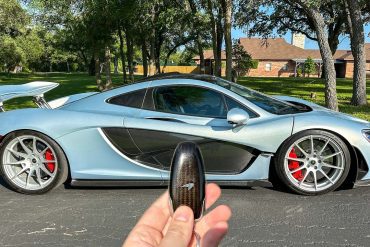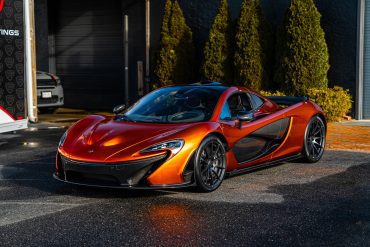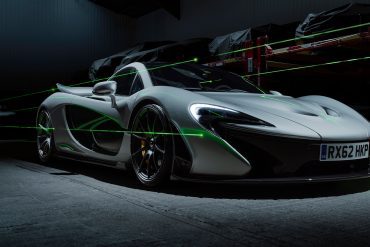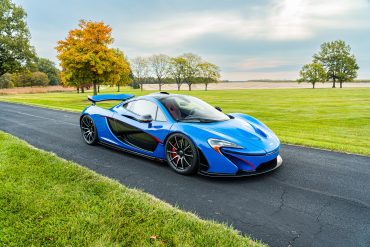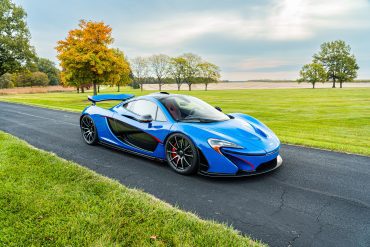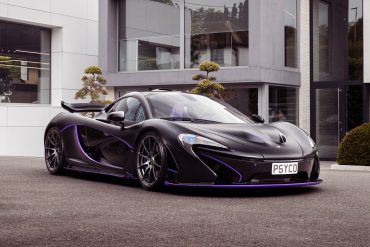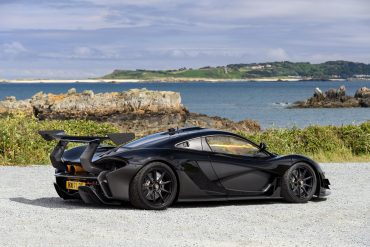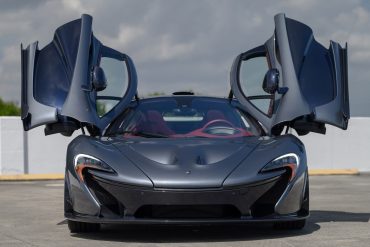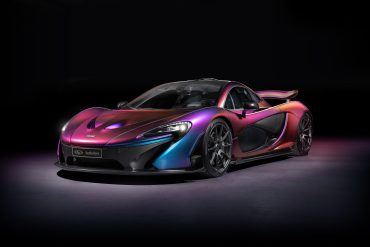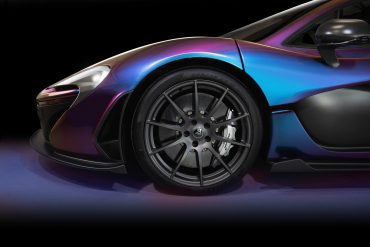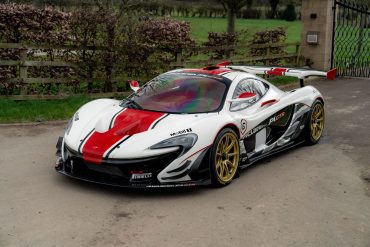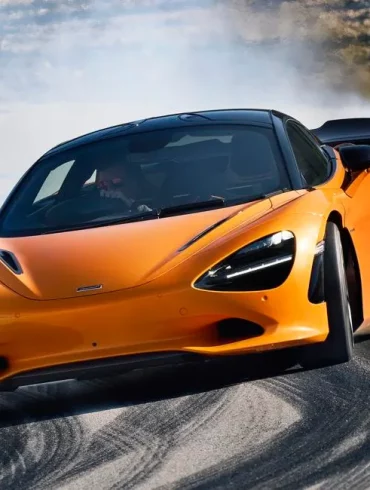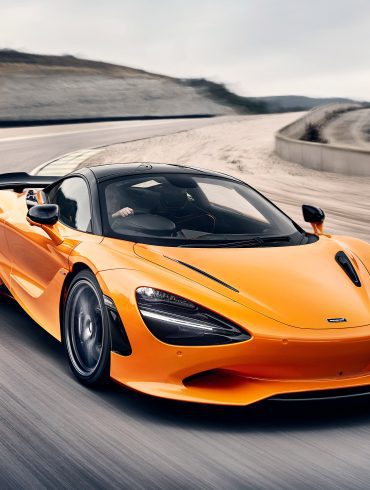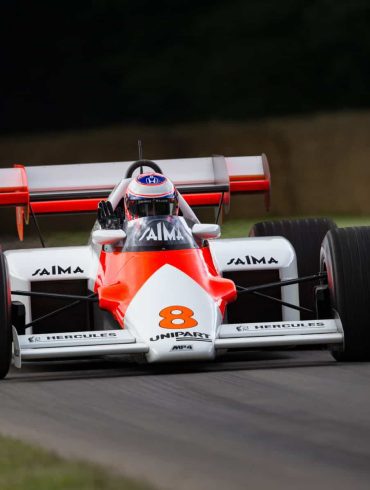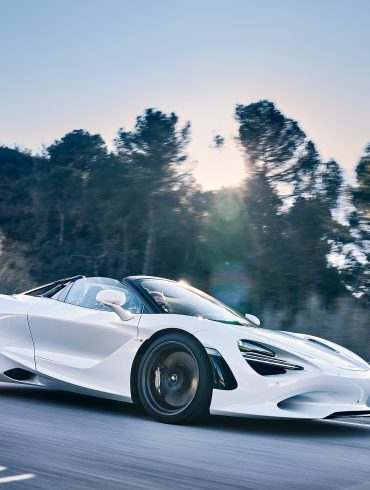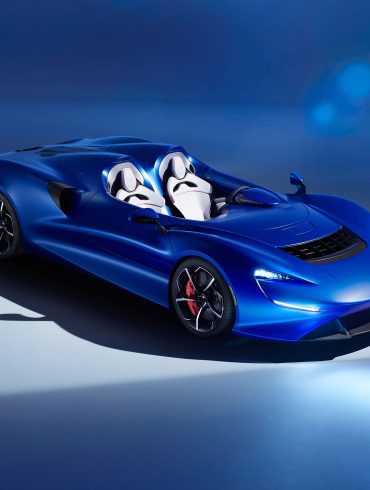McLaren P1
Holy Grail of Hybrid Hypercars
2013 - 2015
The McLaren P1, unveiled at the Paris Motor Show in 2012, is a hybrid supercar that is the spiritual successor to the legendary McLaren F1. Powered by a 3.8-liter twin-turbo V8 engine paired with an electric motor, it was one of the worlds first hybrid hypercars, delivering a combined output of 903 horsepower. This powertrain enables the P1 to accelerate from 0 to 60 mph in under 3 seconds and achieve a top speed electronically limited to 217 mph. Distinctively designed with active aerodynamics and a drag reduction system, the P1 excels in delivering both extraordinary performance and efficiency. Only 375 units ever made.
Overview / Featured / Variant List / Models In Depth / Recent News
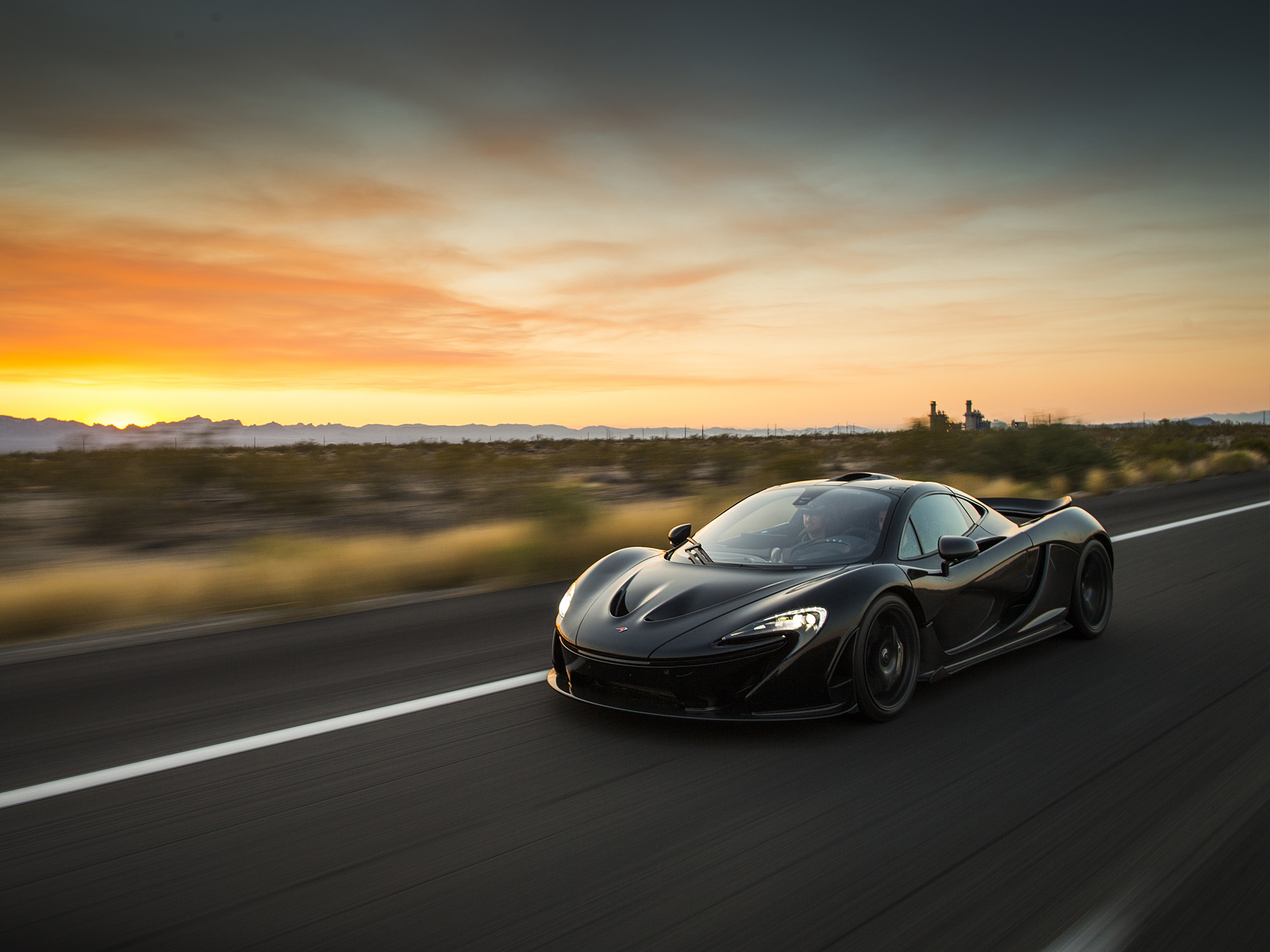
The Ultimate Guide To The McLaren P1: Every Variant, Specs, Pictures, Performance & More
When the McLaren P1 was unveiled at the 2012 Paris Motor Show, it not only marked a significant milestone for McLaren Automotive but also for the entire automotive industry. As the spiritual successor to the iconic McLaren F1, the P1 was introduced as part of McLaren's Ultimate Series, a line of cars designed to represent the pinnacle of the company's innovation and engineering prowess. The P1 was designed with one clear goal in mind: to be the best driver's car in the world on both road and track. This in-depth article explores the marvel that is the McLaren P1, its development, performance, and the legacy it has begun to establish.
The development of the McLaren P1 followed a simple yet ambitious philosophy: to create a car that would deliver stunning performance on the track while still being entirely road legal. This vision was realized through the extensive use of Formula 1 technology and innovations, particularly in the areas of aerodynamics and hybrid powertrains. The car was designed around a carbon fiber monocoque structure, which provided a lightweight yet extremely strong chassis. The body panels were also made from carbon fiber to minimize weight.
One of the most striking features of the P1’s design is its aerodynamic efficiency. The car incorporates active aerodynamics that adapt to changing conditions. This includes a rear wing that can extend rearward by up to 300mm on a racetrack and by 120mm on the road, increasing downforce as needed without compromising the car's sleek profile when retracted.
At the heart of the P1's technical prowess is its powertrain. The car is powered by a combination of a 3.8-liter twin-turbocharged V8 engine and an electric motor, together producing a total of 903 horsepower and 723 lb-ft of torque. This hybrid setup not only provides extraordinary power but also improves efficiency, a rare feat in hypercars. The P1 can accelerate from 0-60 mph in just 2.8 seconds, going on to a limited top speed of 217 mph.
The integration of the electric motor allows for instant torque delivery, which enhances the driving experience by providing rapid acceleration response. The P1 also features a unique IPAS (Instant Power Assist System) that delivers additional power at the touch of a button, akin to a "push-to-pass" system in Formula 1.
The McLaren P1 is not just about straight-line speed; it excels in handling and stability, too. This is achieved through its RaceActive Chassis Control suspension system, which offers adjustable ride height and stiffness, adapting to both road conditions and driver preferences. Carbon-ceramic brakes, developed by Akebono, ensure that the P1 stops as impressively as it goes.
Driving the P1 is described by many as a visceral experience. The car's handling is precise and responsive, partly due to its rear-wheel-drive layout and a dual-clutch seven-speed seamless-shift gearbox that offers lightning-fast gear changes.
Inside, the P1 continues McLaren's philosophy of function over form. The interior is minimalist and driver-focused, with many of the surfaces covered in carbon fiber and Alcantara. However, it does not skimp on modern conveniences and technology. It features an intuitive infotainment system and a digital instrument cluster that provides all essential information in a clear, concise manner.
Production of the McLaren P1 was limited to 375 units, making it not only an engineering triumph but also a collector's item. The P1 has not only pushed forward the boundaries of what is possible in a road car but also showcased the potential of hybrid technology in supercars. Its blend of extreme performance with relative environmental consciousness has paved the way for future hybrid hypercars.
The McLaren P1 remains a testament to McLaren’s commitment to innovation. It continues to be a benchmark for performance and is often compared to its contemporaries, the Ferrari LaFerrari and Porsche 918 Spyder, in the holy trinity of modern hypercars. As such, the P1 is not just a car but a milestone in automotive history.
McLaren P1 Basics
Manufacturer: McLaren Automotive
Production: Oct 2013 – Dec 2015
Assembly: Woking, Surrey, England
Designer: Frank Stephenson, Paul Howse, Robert Melville
Body style: 2-door coupé
Layout: Rear mid-engine, RWD
Platform: Carbon MonoCage II
Doors: Butterfly Doors
Engine: 3.8 L twin-turbo M838TQ V8
Electric motor: 1 McLaren E-Motor
Power output: 903 hp combined
Transmission: 7-speed dual-clutch
Hybrid drivetrain: PHEV
Battery: 4.7 kWh, 400 V lithium-ion
Wheelbase: 2,670 mm (105.1 in)
Length: 4,588 mm (180.6 in)
Width: 1,946 mm (76.6 in)
Height: 1,188 mm (46.8 in)
Kerb weight: 1,490 kg (3,280 lb)
Predecessor: McLaren F1
P1 Performance
Power: 916PS (903bhp)
Torque: 900Nm (664lbft)
0–62 mph: 2.8 s
0–124 mph: 6.8 s
100-0kph (62-0mph): 30m (98ft)
200-0kph (124-0mph): 116m (381ft)
Top Speed: 350kph (217mph)
Did You Know?
The P1 was a technological marvel, boasting a hybrid powertrain combining a twin-turbo V8 with an electric motor for insane acceleration and surprising efficiency.
The massive rear wing isn't just for show. It works with complex active flaps and underbody aerodynamics to generate downforce equivalent to its own weight, gluing it to the track.
Activate "Race Mode", and the P1 lowers itself by 50mm, stiffens the suspension, and unleashes its full fury – even the rear wing adjusts for maximum downforce.
Like its F1 ancestor, the P1's engine bay uses a thin layer of gold to manage heat, keeping the surrounding carbon fiber components cool.
The P1's 'Instant Power Assist System' (IPAS) gave drivers a jolt of electric power at the push of a button, maximizing acceleration on demand.
"The P1 is perhaps the best driver’s car in the world right now; mind-bendingly fast and still friendly at the edge. It is a towering achievement."
Top Gear Magazine
McLaren P1 Variants
Production Models
McLaren P1 (2013 - 2015)
McLaren P1 GTR (2015 - 2016)
Special Models
McLaren P1 MSO Carbon (2016)
McLaren P1 GTR Senna Special (2018)
McLaren P1 LM (2016 - 2017)
McLaren P1 GT (2018)
McLaren P1 GTR-18 (2020)
McLaren P1 Spider (2022)
McLaren P1 Models

McLaren P1
Years: 2013 - 2015
Engine: 3.8 L twin-turbo V8 + electric motor
Power: 986 hp
Torque: 774 lb/ft
0-60 mph: 2.8 sec
0-124 mph: 6.8 sec
Top Speed: 217 mph
Won Hybrid Hypercar War. Limited production run of 375. The P1 beat the hybrid hypercars from Porsche and Ferrari and showed people that hybrid hypercars could be astonishing from a performance perspective. Cool electric motor handily fill in the torque hole left by turbo lag. One of the best ever. There has been no direct replacement for the P1 and it still sits on top of my list of top 5 ever.
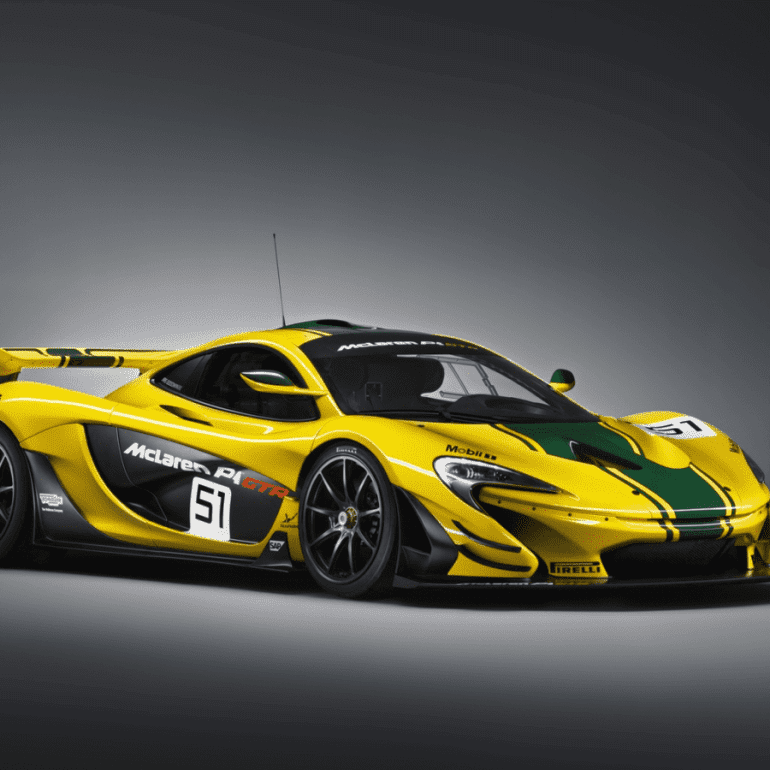
McLaren P1 GTR
Years: 2015 - 2016
Engine: 3.8 L twin-turbo V8 + electric motor
Power: 986 hp
Torque: 774 lb/ft
0-60 mph: 2.8 sec
0-124 mph: 6.8 sec
Top Speed: 214 mph
The first McLaren to use the GTR moniker was the McLaren F1 GTR that won the 1995 Le Mans 24 Hours. Without road-car regulations to hold it back, the McLaren P1 GTR was an extreme track car. It was only offered for sale to P1 owners and include participation in driving events at some of the world’s most iconic circuits with specialist vehicle support. The ultimate track focused driver’s car.
McLaren P1 MSO & Special Models
A number of MSO-tinkered McLaren P1s were created over the years. Even more interestingly, historic racing team and McLaren F1 specialists Lanzante started doing their own work to create some really interesting special edition McLaren P1s.
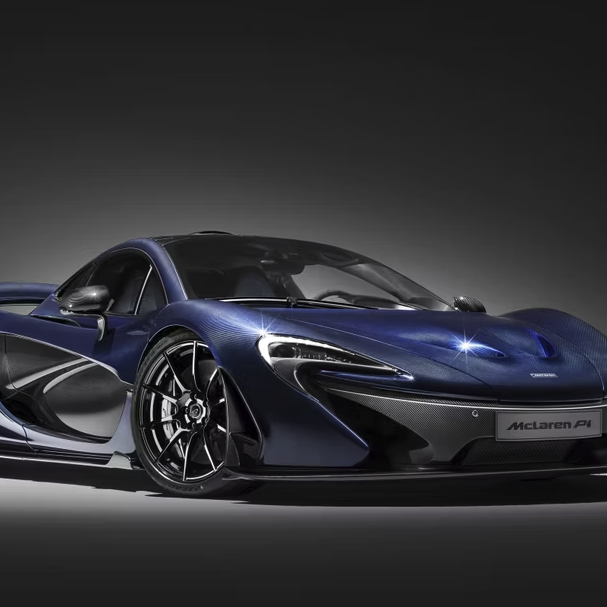
McLaren P1 MSO Carbon
2016
To start off, the full carbon fiber body is hand-laid and set with a bespoke Lio Blue lacquer. In addition to the Lio Blue carbon fiber body, MSO also dressed up this P1 with a gloss black finish to the wheels, and a gold exhaust heat shield.

McLaren P1 GTR Senna Special
2018
Built to celebrate the McLaren MP4/4 F1 car Ayrton Senna raced to complete dominance in 1988. A one-off P1 GTR that a collector commissioned to be built and its not just livery because it has a unique engine specification.
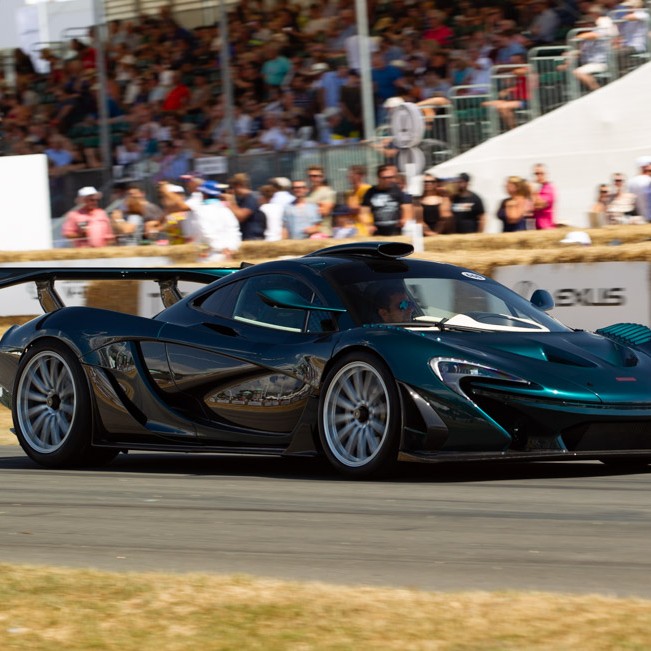
McLaren P1 LM
2016 - 2017
McLaren P1 GT conversion at the Goodwood Festival of Speed. Based on a P1 GTR, the firm sculpts longtail bodywork. A wealthy customer from the Middle East allegedly commissioned the special design.

McLaren P1 GT
2018
Lanzante built a new special based on the P1 GTR, commissioned by two different McLaren VIP customers. Includes more aggressive bodywork including a longer rear section, a larger rear wing, a longer front splitter and a quad exhaust system.
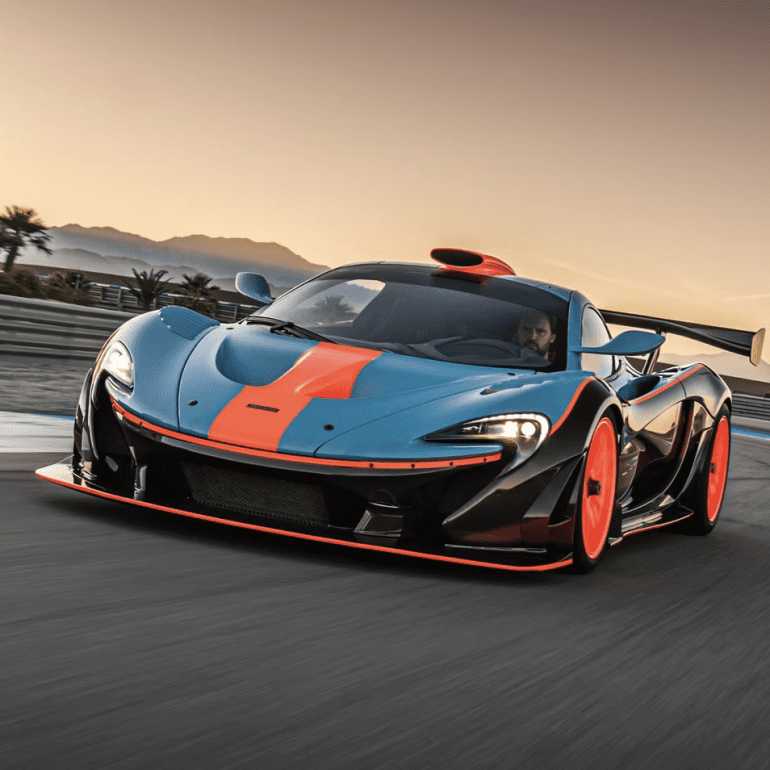
McLaren P1 GTR-18
2020
In April 2020, Lanzante Motorsport revealed that it would do six more road legal conversions of the P1 GTR. This conversion uses the same Longtail bodywork found on the P1 GT plus new rear wing, larger front splitter, and louvers for downforce.
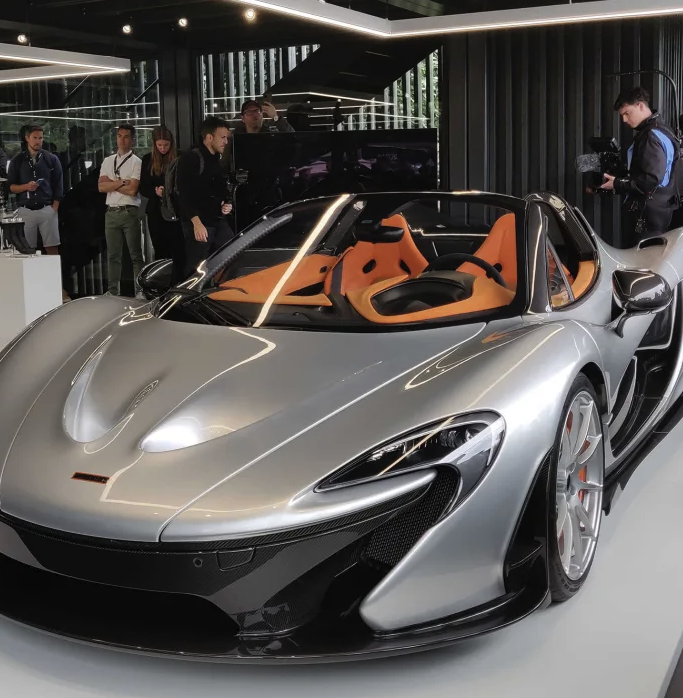
McLaren P1 Spider
2022
In June 2022 at the Goodwood Festival of Speed, Lanzante unveiled the P1 Spider. The company is offering 5 conversions. First car were delivered in 2022 and the entire run finished by 2023. Cost was £2.4m.
"It's so fast it's almost unbelievable. The power delivery is so savage, yet the car feels supremely stable. It's a testament to what hybrid technology can achieve in the right hands."
Chris Harris
Our Favorite McLaren P1 Images
The P1 is a peek into the future of the supercar, with astonishing dynamics and aggressive designs that show clear intent.
